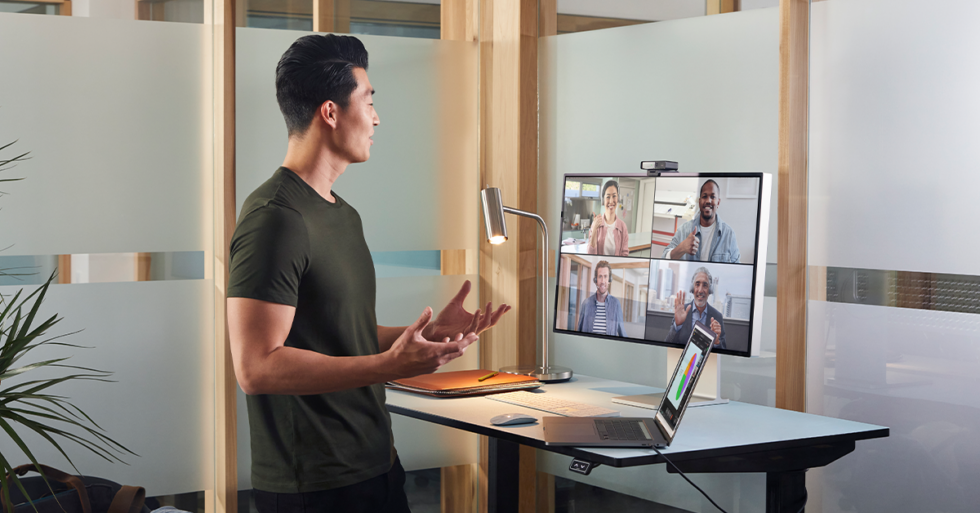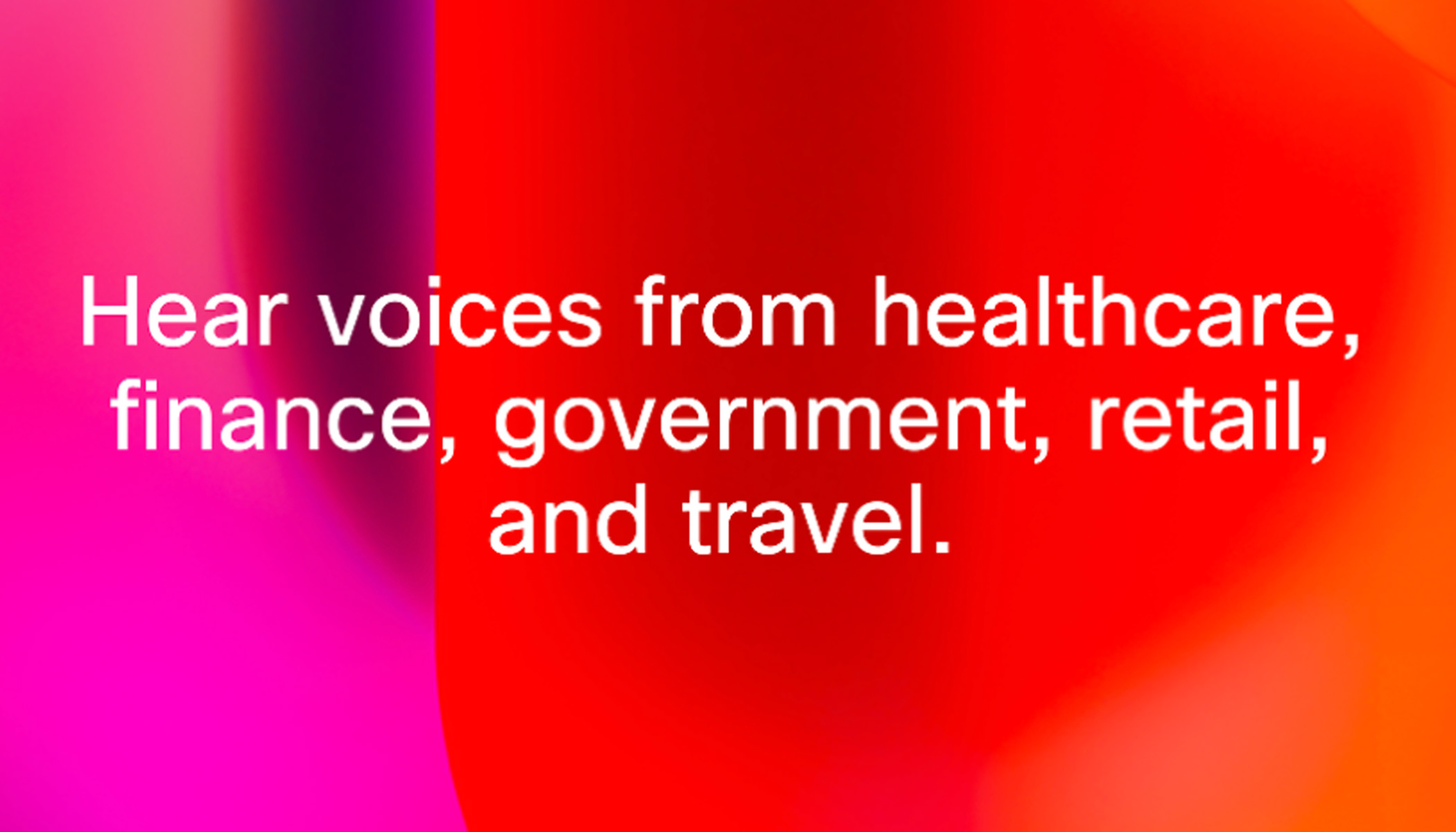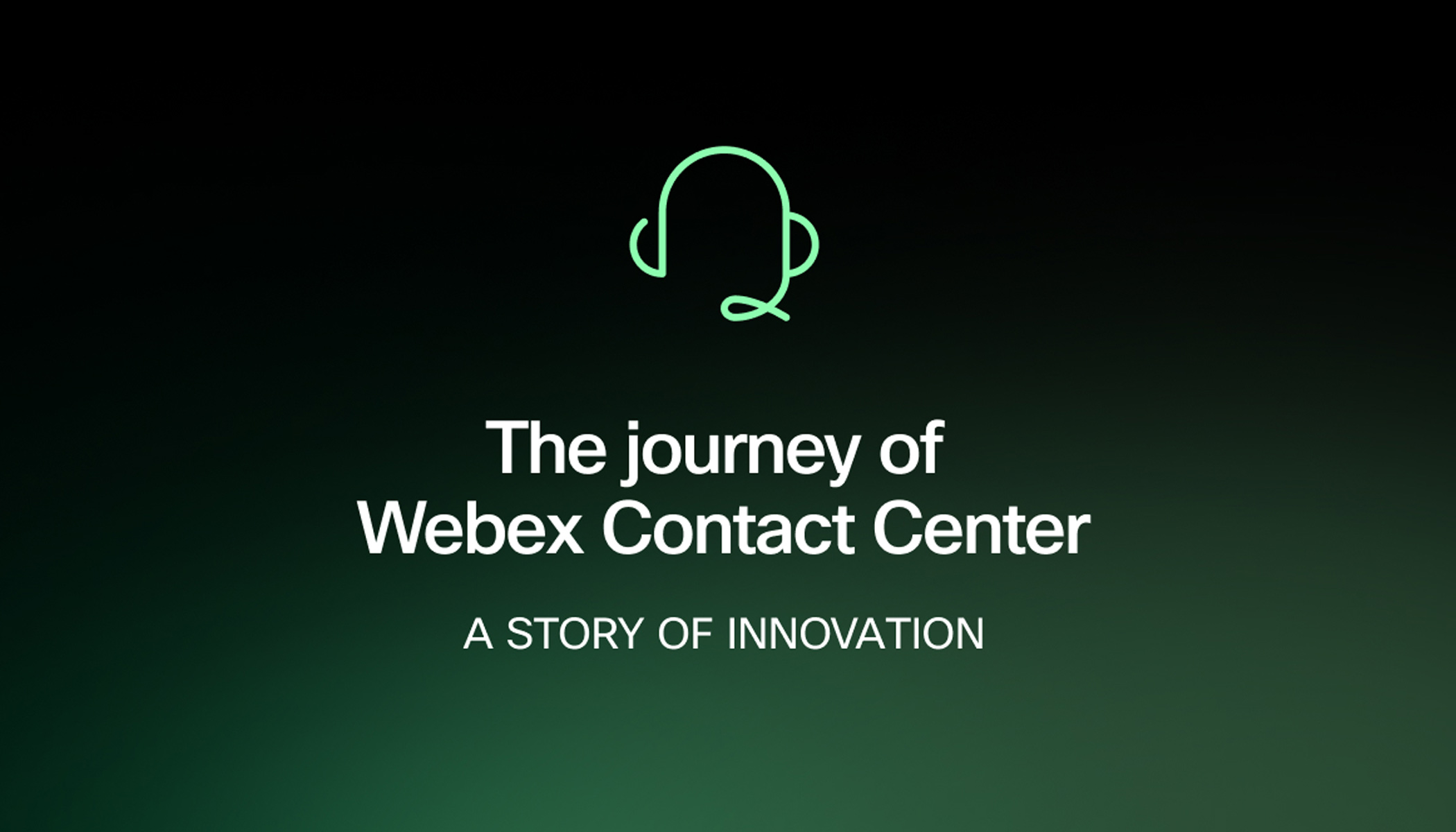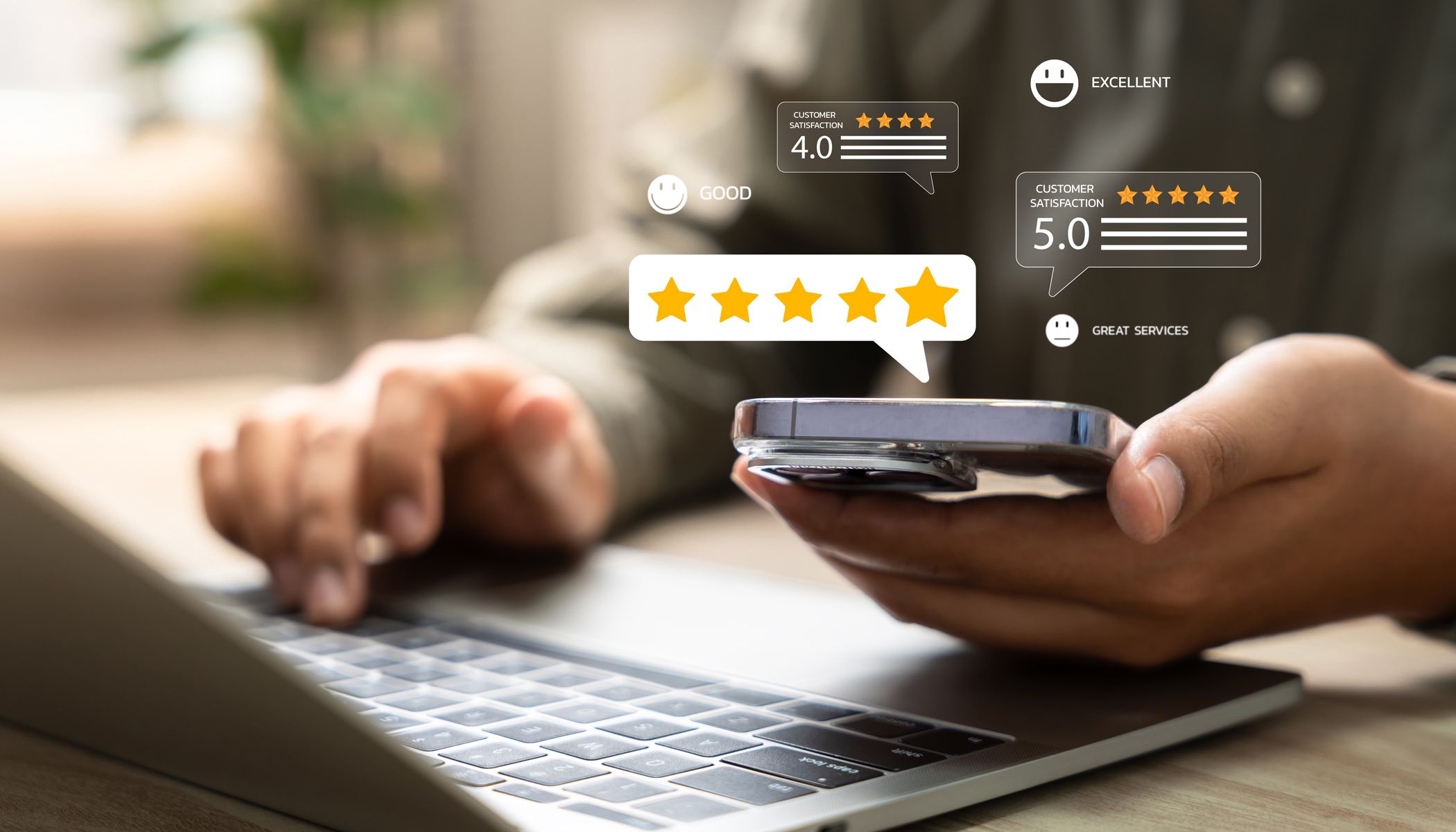This 2-part blog series highlights the impact of the “new normal” to the contact center industry and provides practical insights into how organizations can navigate through the shift to hybrid work, and enable agents to thrive and delight customers in innovative ways.
Enabling agents to thrive in the new normal
Snap lockdowns, extended lockdowns – sadly, this is the “new normal” affecting many parts of the world, including Australia. All Australians, Melburnians, myself included – are all too familiar with the financial toll and the mental health burdens associated with the repeated lockdowns – having recently plunged into our sixth (and most worrisome period of isolation yet) as the new variants continue to spread across the communities. We’re living in a new age – an age of isolation, in fact – that’s rewriting history, turning long-standing trends and patterns on their head, and testing well-entrenched belief systems. In fact, long-standing market trends and business drivers need to be revisited and rewritten. In Part 1 of my 2-part story, we examine these and other trends as we put the era of hybrid work under the microscope, investigate the “connected technologies,” and consider the overall impact on humanity.Human connection in the age of hybrid work
Take, for example, the world of unified communications (UC). The usual suspects – things like digital acceleration or transformation – typically fuel the UC market push (particularly cloud collaboration) and drive companies to adopt this immersive and integrated technology. In Australia, 54% of organizations increased investment in digital innovation in the last year and a half, and two-thirds expect it to increase in 2021, according to Gartner’s annual global survey of CIOs1. But now, we have to peel back the layers and consider other major contributing factors. Hidden drivers like isolation – and the overwhelming need for human connection and enhanced engagement – are now reshaping entire industries and markets. In fact, building the human connection is supercritical in a world forced into a digital landscape and a world plunged into chaos by the global health pandemic. What’s more, the need to connect – and ramp up engagement and communication – has never been more important amid the sudden and rapid rise of work-from-home (WFH) scenarios that are playing out on a global scale and across all industries. If anything, our need to connect – in the new age of hybrid work and the sudden shift to remote working – is not only critical for businesses to stay alive and thrive, but also super crucial from the human perspective to safeguard worker wellbeing.Hybrid work for contact center agents
In the contact center world, in particular, enhanced connection and bolstered engagement is everything. Undoubtedly, having the right tools can vastly boost agent productivity, enable them to deal with the multitude of daily pressures (simplify tasks thanks to the power of AI and automation), and foster a greater sense of wellbeing and employee satisfaction. But first, let’s consider some recent statistics which paint a clear picture of the momentous market shifts – and why being connected (and super-engaged) has never been so important. Roy Morgan, for example, reveals 4.3 million (32% of working Australians) were WFH at the peak of the economic lockdown.2 And hybrid work models are a hot favorite. According to findings from a McKinsey Global Institute report, the hybrid models of remote work will persist in the wake of the pandemic. It estimates more than 20% of the workforce could work remotely three to five days a week as effectively as they could if working from an office.3 Better still, a recent Accenture report finds that 83% of 9,326 workers surveyed said they prefer a hybrid model — in which they work remotely at least 25% of the time.4Greater sense of belonging
With these compelling stats in mind, it’s clear (and imperative) that employers provide today’s remote workers – call them digital nomads, hybrid workers or the modern work-from-anywhere crew – with the technology and collaboration tools needed to ramp up communication, enhance engagement and provide a greater sense of belonging. Agents, considered the lifeblood of any organization, are the most important assets in the contact center. But sadly, due to repeated lockdowns, many are facing mental health issues, rapid fatigue and burnout, worries over personal safety, and higher stress levels due to escalating attrition rates. At the same time, many agents need to cope with an increasing volume of calls due to the pandemic – compounding stress levels even further. Thankfully, some of today’s advanced technology and collaboration tools are answering the call and helping agents seamlessly transition to their new hybrid and remote work lifestyle – empowering them to work smarter and more efficiently, while also enabling them to stay connected and engaged with colleagues, clients, customers and family. Take Webex, for example, which enables workers to securely stay connected through cloud calling, meetings, and messaging securely – whether in the office, working remotely, or on the go. Communication is boosted across teams, and workers have access to greater insights to make more informed business decisions. This gives you a snippet of how Webex is enabling workers – particularly contact center agents – to thrive in the era of hybrid work. But I want to explore the topic further and invite you to check out Part 2 of the story (coming soon), where we’ll dig deeper and unearth some more information on how we can help contact center leaders to navigate through hybrid work through technologies and innovation.To learn more about how Webex can help power team collaboration in the era of hybrid work, check out more thought-provoking blogs here.Sources:
- Gartner’s Annual Global Survey of CIOs
- Roy Morgan: Nearly a third of Australian workers have been ‘#WFH’
- McKinsey Global Institute Report 2020
- Accenture: The future of work: a hybrid work model





